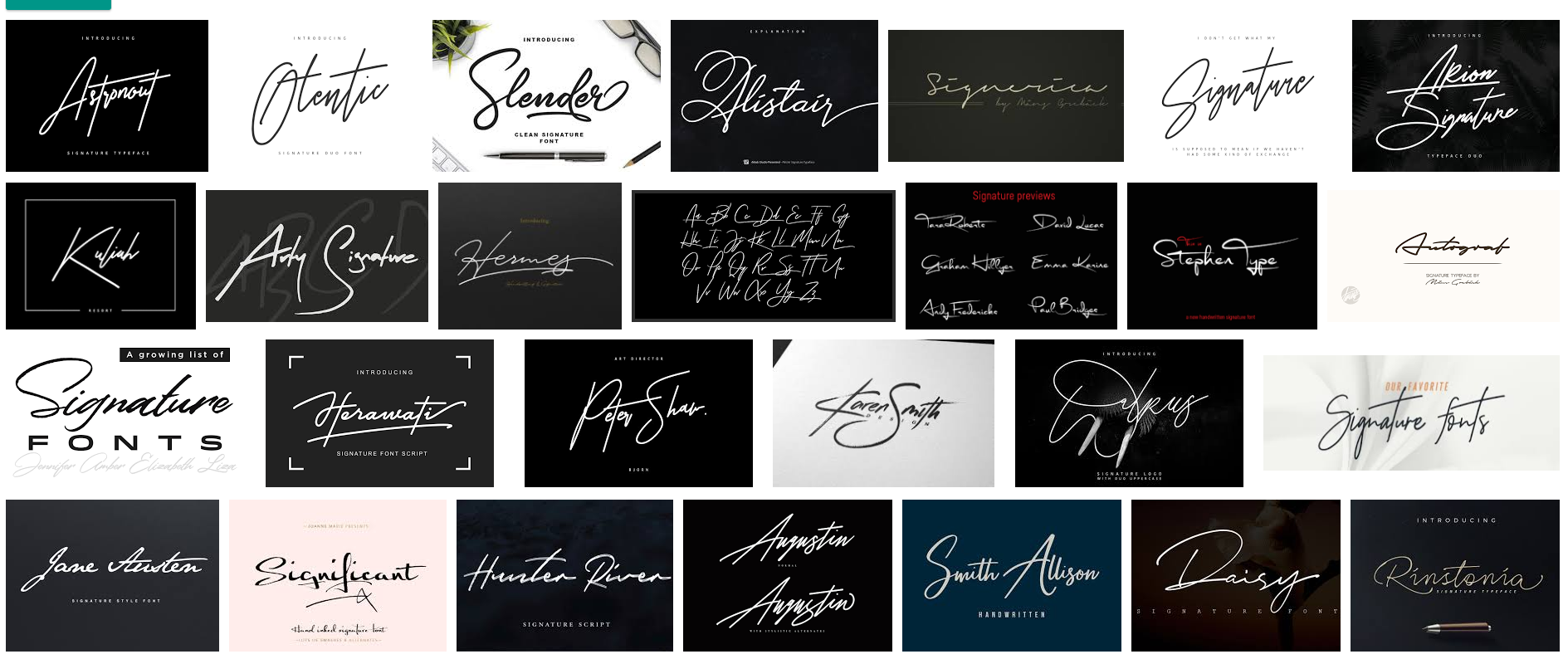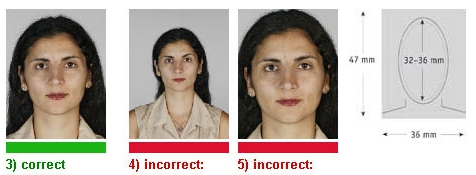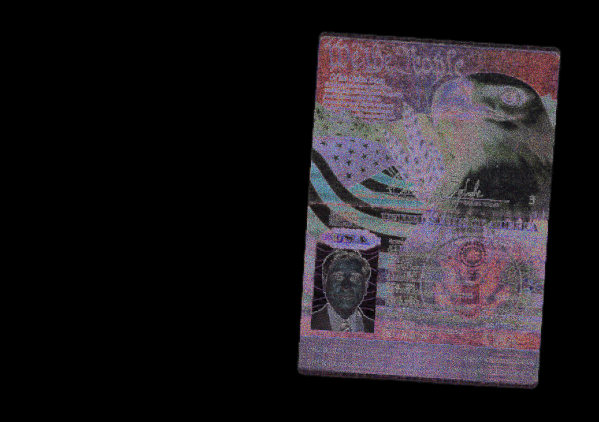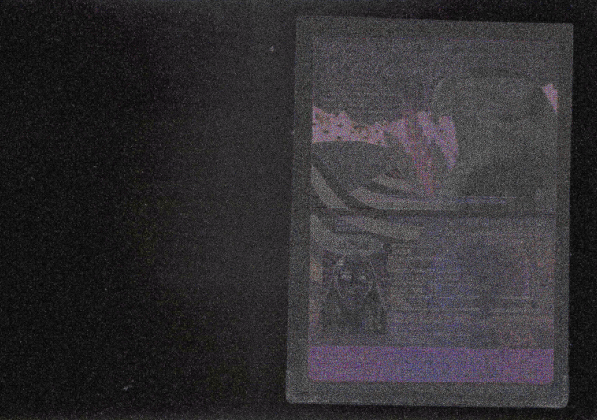CarderPlanet
Professional
Sooner or later, everyone faces an urgent need for high-quality rendering, but runs into a lack of money (for constant payment to renderers), or low-quality services. This article is for those who are learning to draw / paint themselves.
Main questions:
- What to draw from? Trying to Photoshop jpeg from Google or buy a template?
Answer: Buy a quality template from a good seller. Moreover, after looking at the original documents, you will realize that in most cases even good templates need to be corrected.
- Are there any links to drawing tutorials?
- Will it be enough just to save a photo in jpeg and send it for verification?
Answer: No, the photo must go through EXIF cleaning, then you should correctly pull the EXIF device on it (from which it was allegedly taken), equalize the areas of noise and compression in the photo (to deceive the ELA analysis), name the photo correctly (as if it came from scanner or phone), and then you can already send.
In this article I want to draw your attention to the POSSIBLE imperfection of your renderings and go through the main points that may give you away.
What to look for when drawing?
Tracking.
The distance between the letters is tracking. By "native" I mean the standard tracking already set in the NORMAL template. A template that does not have to be redone for yourself.

Scuffs.
Add battle wounds. Everything is simple here. Often there are people who give the picture a kind of "puppetry and pomag". If it is a card, then the card must be scratched. If this photo is right on the table, you need to add a lens flare from the camera (if you want to expose the metadata under the camera). On the screen, there is a card divided into 2 halves: there are and no scratches. After throwing the scratches, reduce the opacity of their layer to at least 70% so that your scratches do not seem like the tracks of tank tracks, but just old wear from the sock.

Photo quality + metadata.
Always compare the quality of a photo and its metadata. If you have registered metadata from a camera for 70000r, and the picture quality will be like that of a webcam for 500r - dry the broom, and at the same time your drawing.
Embossing / gloss.
We never forget to compare not only the fonts, tracking and other attributes, but also the "indentation-indentation" of letters on the document, sorry for the unprofessional wording. I don't know if you can see on the right side of the picture, but it's clear there that the letters on the document are printed by "pressing" them into the plastic. So, we need to be able to simulate it in Photoshop. And now compare that to the left-hand public sample.

Photo.
We are looking for an image for drawing ONLY in non-standard languages. For example, Thai. If you think that it is enough to google "passport photo" or "passport photo" and take any photo from the top search pages - you will be shaved by antifraud, because there are a lot of such renderers knocking on them a day. Also, we NEVER use photos that ALREADY are in the template (some shabs come with 10-20 photos that you just need to turn on by clicking on the layer). If you are drawing, before hiring a client, ask for whom you want to draw the document. For example, it took me several hours to draw a passport for a 65-year-old woman from America, since I almost did not find high-quality photographs of American pensioners in profile.
Data generator for passport and DL.
If Christians have a Bible, Muslims have a Koran, then renderers have this site:
Here you can simply drive in data from a fullka under your kx and get ready-made data for insertion into a passport or DL.

Forging a signature.
Go to google, type in "signature font" and find many sites with signature fonts. Many of them will turn out to be of poor quality, but this will never stop the one who intends to make money on the carzhe. Therefore, we iterate over.

Document's name.
We advise you to call the drawing as if it had just left the camera, phone or scanner. DSC_2123, IMG_1234, etc.
The position of the face in the photo.
Keep the proportions of the face, the percentage of occupied space and other requirements for the photo for the document, in each country they are different. But in general, they do not differ much.

ELA analysis.
Perhaps the most important point in this article. When you learn how to generate MRZ codes, SSN, DL data and other attributes of fake documents, when you learn how to bring everything to the smallest detail, you will still be unarmed before one of the photo tests, which will instantly screw up your rendering. This is ELA analysis, it checks the compression ratio of different parts of the photo. This is a poor quality rendering. Analysis shows that the background, passport and photo in it are glued together from different parts.

Here is an example of a high-quality rendering that will pass all tests and verifications (provided it is accurately filled in). The compression texture is homogeneous, nothing stands out from the overall picture of the analysis.

The most important thing is not to screw up the ELA analysis, since almost all world-class offices are now using it, which have long learned to catch inexperienced naive renderers.
Constantly download and revise originals from the Internet, compare them with your templates. Even if you have a Light weight instead of Regular (and they are almost similar), it can give you a little bit when you look closely at rendering. To compare fonts with the original, bring the size to the maximum and consider the smallest details in which the fonts of your rendering and the original should match.
Good luck to everyone in emptying other people's wallets!
Main questions:
- What to draw from? Trying to Photoshop jpeg from Google or buy a template?
Answer: Buy a quality template from a good seller. Moreover, after looking at the original documents, you will realize that in most cases even good templates need to be corrected.
- Are there any links to drawing tutorials?
- Will it be enough just to save a photo in jpeg and send it for verification?
Answer: No, the photo must go through EXIF cleaning, then you should correctly pull the EXIF device on it (from which it was allegedly taken), equalize the areas of noise and compression in the photo (to deceive the ELA analysis), name the photo correctly (as if it came from scanner or phone), and then you can already send.
In this article I want to draw your attention to the POSSIBLE imperfection of your renderings and go through the main points that may give you away.
What to look for when drawing?
Tracking.
The distance between the letters is tracking. By "native" I mean the standard tracking already set in the NORMAL template. A template that does not have to be redone for yourself.

Scuffs.
Add battle wounds. Everything is simple here. Often there are people who give the picture a kind of "puppetry and pomag". If it is a card, then the card must be scratched. If this photo is right on the table, you need to add a lens flare from the camera (if you want to expose the metadata under the camera). On the screen, there is a card divided into 2 halves: there are and no scratches. After throwing the scratches, reduce the opacity of their layer to at least 70% so that your scratches do not seem like the tracks of tank tracks, but just old wear from the sock.

Photo quality + metadata.
Always compare the quality of a photo and its metadata. If you have registered metadata from a camera for 70000r, and the picture quality will be like that of a webcam for 500r - dry the broom, and at the same time your drawing.
Embossing / gloss.
We never forget to compare not only the fonts, tracking and other attributes, but also the "indentation-indentation" of letters on the document, sorry for the unprofessional wording. I don't know if you can see on the right side of the picture, but it's clear there that the letters on the document are printed by "pressing" them into the plastic. So, we need to be able to simulate it in Photoshop. And now compare that to the left-hand public sample.

Photo.
We are looking for an image for drawing ONLY in non-standard languages. For example, Thai. If you think that it is enough to google "passport photo" or "passport photo" and take any photo from the top search pages - you will be shaved by antifraud, because there are a lot of such renderers knocking on them a day. Also, we NEVER use photos that ALREADY are in the template (some shabs come with 10-20 photos that you just need to turn on by clicking on the layer). If you are drawing, before hiring a client, ask for whom you want to draw the document. For example, it took me several hours to draw a passport for a 65-year-old woman from America, since I almost did not find high-quality photographs of American pensioners in profile.
Data generator for passport and DL.
If Christians have a Bible, Muslims have a Koran, then renderers have this site:
Here you can simply drive in data from a fullka under your kx and get ready-made data for insertion into a passport or DL.

Forging a signature.
Go to google, type in "signature font" and find many sites with signature fonts. Many of them will turn out to be of poor quality, but this will never stop the one who intends to make money on the carzhe. Therefore, we iterate over.

Document's name.
We advise you to call the drawing as if it had just left the camera, phone or scanner. DSC_2123, IMG_1234, etc.
The position of the face in the photo.
Keep the proportions of the face, the percentage of occupied space and other requirements for the photo for the document, in each country they are different. But in general, they do not differ much.

ELA analysis.
Perhaps the most important point in this article. When you learn how to generate MRZ codes, SSN, DL data and other attributes of fake documents, when you learn how to bring everything to the smallest detail, you will still be unarmed before one of the photo tests, which will instantly screw up your rendering. This is ELA analysis, it checks the compression ratio of different parts of the photo. This is a poor quality rendering. Analysis shows that the background, passport and photo in it are glued together from different parts.

Here is an example of a high-quality rendering that will pass all tests and verifications (provided it is accurately filled in). The compression texture is homogeneous, nothing stands out from the overall picture of the analysis.

The most important thing is not to screw up the ELA analysis, since almost all world-class offices are now using it, which have long learned to catch inexperienced naive renderers.
Constantly download and revise originals from the Internet, compare them with your templates. Even if you have a Light weight instead of Regular (and they are almost similar), it can give you a little bit when you look closely at rendering. To compare fonts with the original, bring the size to the maximum and consider the smallest details in which the fonts of your rendering and the original should match.
Good luck to everyone in emptying other people's wallets!

